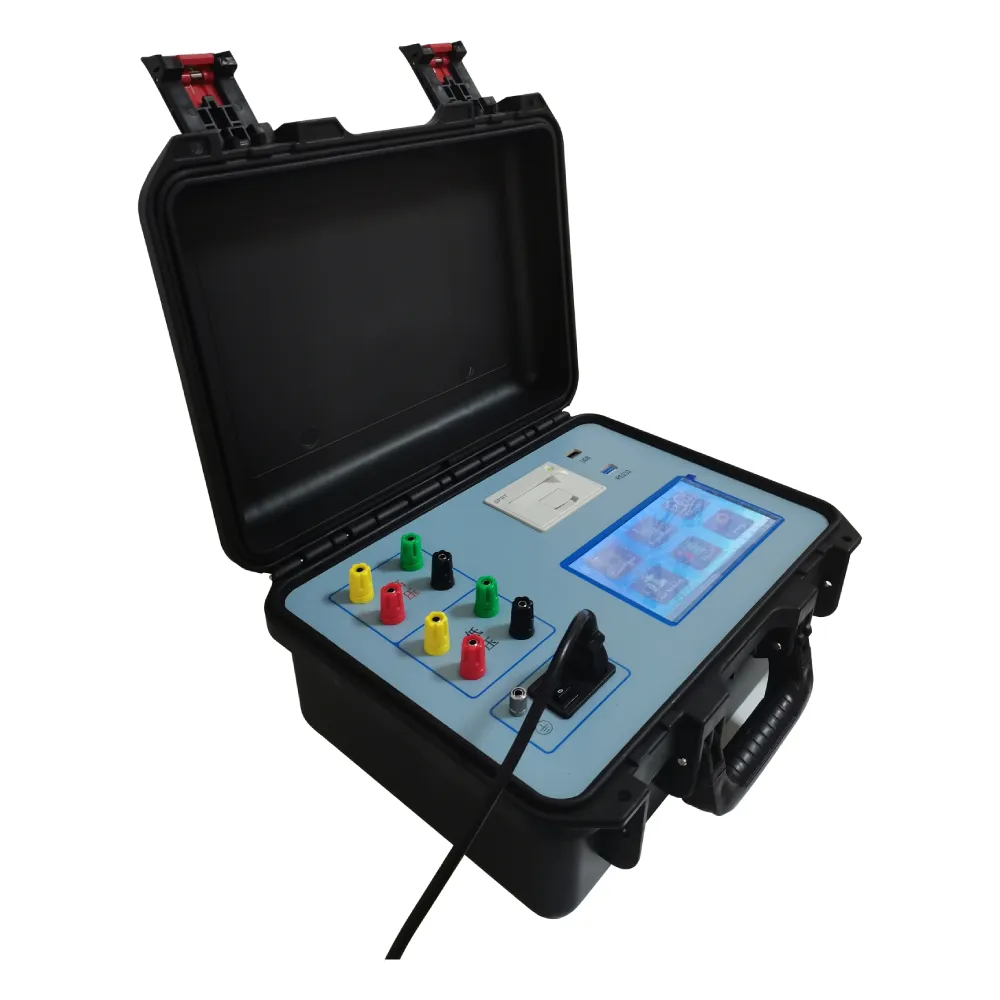 English
English


Transformer Winding Test Procedures and Best Practices for Accurate Results
Winding Test of Transformers
The winding test of transformers is a critical procedure used to verify the integrity and performance of the transformer windings. This testing is essential for ensuring that transformers operate efficiently and reliably under electrical load conditions. The winding test primarily involves checking for insulation integrity, measuring resistance, and verifying the turns ratio of the windings.
Importance of Winding Tests
The windings of a transformer play a pivotal role in its functionality by determining how voltage is transformed from one level to another. Insulation failure or winding defects can lead to severe operational issues, including overheating, short circuits, and even catastrophic transformer failure. Therefore, conducting a winding test is crucial for maintaining the safety and reliability of transformers in electrical systems.
Types of Winding Tests
1. Insulation Resistance Test This test evaluates the insulation quality of the windings against ground and between different winding sections. It is performed using a megohmmeter, which applies a high voltage to the winding while measuring the insulation resistance. A high resistance value indicates good insulation, while low resistance may signal potential failure.
winding test of transformer

2. DC Winding Resistance Test This test measures the resistance of the transformer windings using a low DC voltage. By comparing the measured resistance values against the manufacturer's specifications, technicians can identify irregularities such as loose connections or thermal damage. This test is typically conducted at ambient temperature, requiring adjustments to obtain accurate results at operating temperatures.
3. Turns Ratio Test This test assesses the ratio of the number of turns in the primary winding to the number of turns in the secondary winding. A precise turns ratio is essential to ensure correct voltage transformation. The test is conducted using a transformer turns ratio tester, which applies a known voltage to one winding and measures the corresponding voltage in the other winding. Deviations from expected values may suggest winding faults or incorrect tap settings.
4. Power Factor Test The power factor test evaluates the dielectric condition of the transformer insulation system. By measuring the power factor at various voltage levels, technicians can infer the overall health of the insulation materials and detect the presence of moisture or contamination, which could degrade performance.
Conclusion
Regular winding tests are a fundamental part of transformer maintenance. These tests help in early detection of defects, ultimately ensuring operational safety and extending the lifespan of the transformer. They are particularly important in heavy-duty applications where transformer reliability is crucial to the overall functioning of electrical distribution systems.
In summary, the winding test of transformers encompasses various methods, each aimed at assessing different aspects of winding integrity. Given the critical role transformers play in electrical systems, conducting thorough winding tests not only safeguards equipment but also enhances the stability and efficiency of power supply systems. Hence, adhering to best practices for testing and maintenance is indispensable in the field of electrical engineering.
-
Differences between open cup flash point tester and closed cup flash point testerNewsOct.31,2024
-
The Reliable Load Tap ChangerNewsOct.23,2024
-
The Essential Guide to Hipot TestersNewsOct.23,2024
-
The Digital Insulation TesterNewsOct.23,2024
-
The Best Earth Loop Impedance Tester for SaleNewsOct.23,2024
-
Tan Delta Tester--The Essential Tool for Electrical Insulation TestingNewsOct.23,2024





